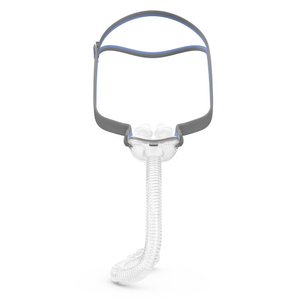Introduction
Obstructive Sleep Apnea (OSA) is a common yet serious sleep disorder that affects millions of people worldwide. Characterized by repeated interruptions in breathing during sleep, OSA can lead to various health complications if left untreated. In this article, we will explore the causes, symptoms, and treatments of OSA, providing a comprehensive overview to help you understand this condition better.
The Underlying Causes of Obstructive Sleep Apnea: Understanding the Triggers
The primary cause of Obstructive Sleep Apnea is the relaxation of the throat muscles, which leads to a temporary blockage of the airway. This blockage can be triggered by several factors, including obesity, a thick neck circumference, and certain genetic predispositions. Other contributing factors may include smoking, alcohol consumption, and nasal congestion. By identifying and addressing these triggers, individuals can take proactive steps to reduce their risk of developing OSA.
Recognizing the Symptoms of Obstructive Sleep Apnea: Key Warning Signs
The symptoms of Obstructive Sleep Apnea often go unnoticed, as they occur during sleep. Common signs include loud snoring, gasping or choking during sleep, and frequent awakenings throughout the night. Daytime symptoms may include excessive sleepiness, difficulty concentrating, and irritability. Recognizing these symptoms is crucial for seeking timely medical intervention and preventing the long-term health consequences associated with untreated OSA.
Effective Treatments for Obstructive Sleep Apnea: Exploring Therapy Options
Treating Obstructive Sleep Apnea typically involves a combination of lifestyle changes, medical interventions, and continuous positive airway pressure (CPAP) therapy. Lifestyle modifications such as weight loss, avoiding alcohol, and quitting smoking can significantly reduce symptoms. CPAP therapy, which uses a machine to deliver a steady stream of air, is the most common and effective treatment for moderate to severe CPAP. Other options may include oral appliances and surgery, depending on the severity of the condition and individual patient needs.
Conclusion
Obstructive Sleep Apnea is a serious condition that requires proper diagnosis and treatment to prevent long-term health complications. By understanding the causes, recognizing the symptoms, and exploring effective treatments, individuals can take proactive steps to manage OSA and improve their overall quality of life. If you suspect you or a loved one may have OSA, seek medical advice promptly to begin the journey towards better sleep and health.









